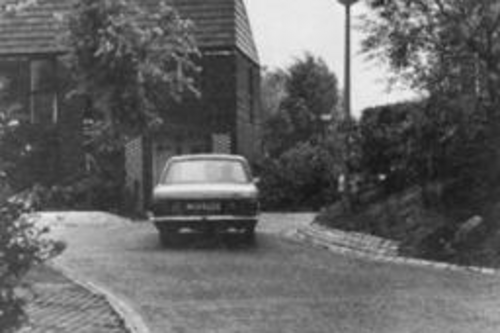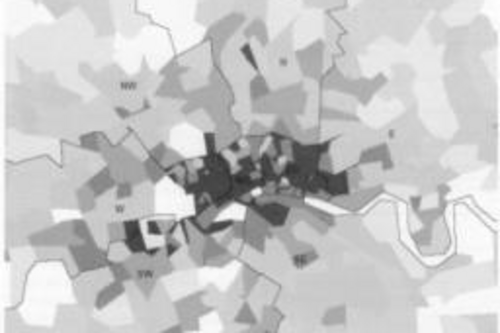
Traffic calming without the hump
Julia Samson examines alternatives to the speed hump

Julia Samson examines alternatives to the speed hump

Traffic calming of the kind described in Julia Samson's article is not new: the pictures below come from 'Streets Ahead', published in 1979. The inability of British local authorities to learn and adopt best practice is scandalous, leaving thousands of people killed or injured in accidents caused by high speeds that should have been designed out of residential roads years ago.

Our party entered the last general election with a short-term fix on the question of energy from waste (EfW). We cannot go into the next general election still saying that we need to do more research when evidence is there. The truth is, we are divided. There are those who see this as a good local NIMBY campaign and there are those who see incineration simply as a matter of waste policy. But some of us see this technology as part of a sustainable resource policy.
The car is the bete noire of many environmentalists. And for good reason. Road transport already accounts for more than a fifth of all the UK's climate change emissions and is a major source of local pollution. Road accidents kill and injure large numbers of people - more than 3,000 killed in the UK and 900,000 world wide every year. And our car-reliant society increasingly excludes the quarter of the population with no access to a car.
Paul Burall looks at some experiments in cleaning up urban transport
"Europeans are shouting themselves hoarse, on full stomachs of course, about the dangers of bio-technology in agriculture" Sunday Standard, Nairobi, 08-09-2002
second attempt at news widget